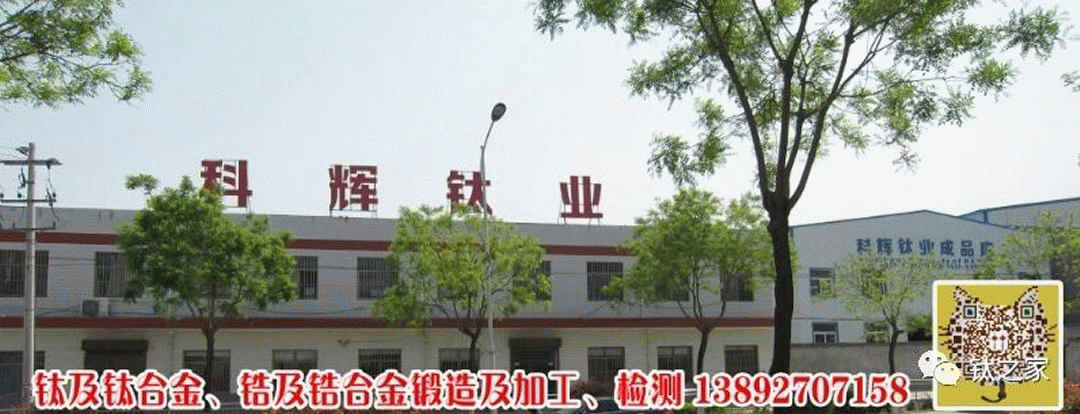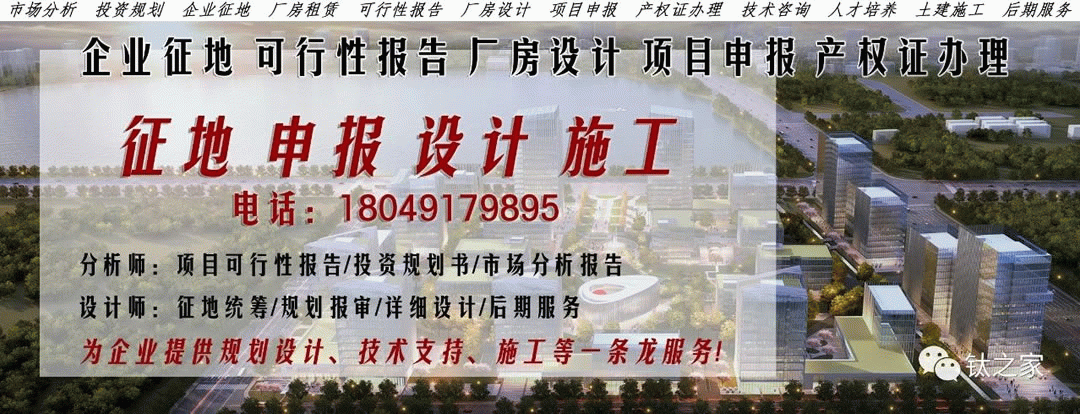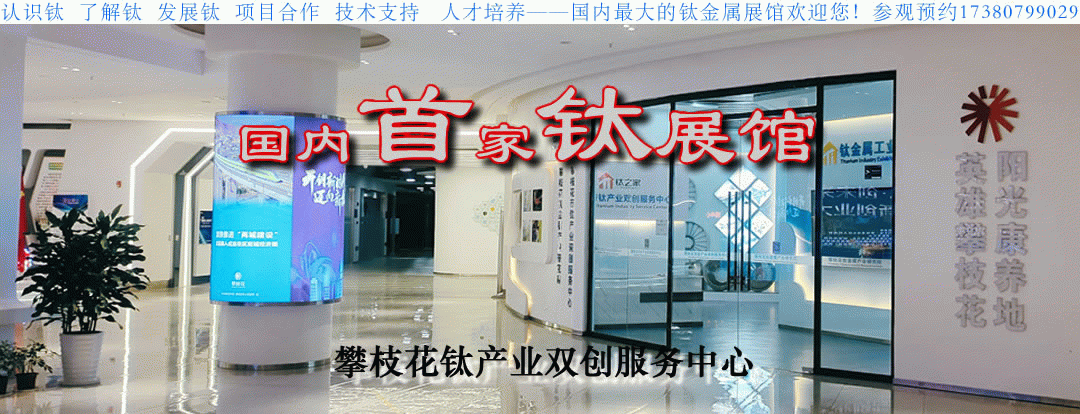
3D printing, also known as additive manufacturing, can produce high-precision three-dimensional products by layer printing using preset programs and digital models, such as powder spraying. Compared to conventional flat printing, 3D printing can provide three-dimensional models; compared to ordinary processing techniques, 3D printing has higher precision and automation. Due to these advantages, 3D printing technology has been rapidly promoted and used in a short period of time. However, this technology also faces many challenges that need to be overcome, such as material issues, equipment issues, and industry standards. The market prospects for 3D printing are broad, and actively exploring innovative and optimization strategies for 3D printing technology based on understanding and applying it has become a hot research topic.
1 Basic Principles and Technical Characteristics of 3D Printing
1.1 Principles of 3D Printing
As a cutting-edge technology in the industrial manufacturing field, 3D printing integrates various technologies, including layered manufacturing technology, mechanical engineering, CNC technology, CAD, laser technology, reverse engineering technology, and materials science. It can directly, quickly, automatically, and accurately transform design electronic models into functional prototypes or directly manufacture parts, providing a low-cost and efficient means for prototype production and verification of new design ideas. The basic principle of 3D printing is the reverse process of tomography. Tomography slices an object into countless overlapping sections, while 3D printing generates three-dimensional entities by continuously adding materials layer by layer. Therefore, 3D printing technology is also known as “additive manufacturing technology.”
1.2 Characteristics of 3D Printing
Compared to traditional printing technologies and manufacturing processes, the characteristics of 3D printing are concentrated in the following aspects: First, it completes printing in one go, without repeated cutting or grinding, simplifying the product manufacturing process and shortening the production cycle. Technicians need to obtain the three-dimensional coordinates and structural features of the product in advance, then use specific software on a computer to generate a three-dimensional model, and finally control the 3D printer to complete the printing and manufacturing of the product, truly achieving “what you see is what you get.” Secondly, the cost is relatively low, especially in mass production, where it has a more significant cost advantage compared to traditional processing and manufacturing. From the production method perspective, 3D printing technology only requires obtaining the three-dimensional coordinates of the product and designing its three-dimensional model in the early stage; the rest of the work is completed automatically by the equipment, requiring only one person to complete it, resulting in lower labor and time costs. Finally, the precision of the products is higher, especially in the manufacturing of precision parts, where the accuracy of products obtained from 3D printing can reach 0.01mm level, and it supports color printing with 32-bit color.
2 Key Technologies of 3D Printing
The core elements of 3D printing are equipment, materials, and technology. In terms of equipment, it mainly includes 3D printers, three-dimensional scanners, three-dimensional laser engravers, laser trackers, etc.; in terms of materials, common materials include photosensitive resin, plastic powder, bone powder, polylactic acid, etc.; in terms of technology, it includes various key technologies, such as 3DP technology, FDM (Fused Deposition Modeling) technology, SLA (Stereolithography) laser curing technology, etc. The operating methods, basic principles, and application advantages of these technologies vary significantly, as detailed below.
2.1 3D Printing Technology
3D printing technology is currently the most commonly used method. The equipment used is a standard inkjet printer, which can adapt to various powder printing materials, such as ceramic powder, plastic powder, and bone powder. After presetting the program and building the model, under the control of computer instructions, a layer of powder is first spread, then the nozzle moves to spray an adhesive onto designated areas, causing the powdered materials to bond together. After completing the first layer of printing, the product’s prototype can be obtained, and the above steps are repeated multiple times until the desired product is achieved. If color products need to be printed, the corresponding color adhesive can be selected.
2.2 Laser Curing Technology
SLA uses photosensitive resin as raw material. This liquid material can quickly undergo photopolymerization under ultraviolet light of a certain wavelength (x=325nm) and intensity (w=30mw), causing its molecular weight to increase dramatically, thus turning from liquid to solid. The liquid tank is filled with liquid photosensitive resin, and the ultraviolet laser beam emitted by a helium-cadmium laser or argon ion laser scans the surface of the liquid photosensitive resin layer by layer according to the layered cross-section data of the workpiece under the control of a computer, causing the resin thin layer in the scanning area to undergo polymerization and solidification, forming a thin layer of the workpiece. After one layer of curing is completed, the workbench moves down a layer’s thickness, and a new layer of liquid resin is added to the previously cured resin surface until a three-dimensional solid model is obtained.
2.3 Selective Laser Sintering (SLS) Technology
In the SLS process, the equipment used includes lasers, scanning mirrors, leveling rollers, etc. The technical process is as follows: first, a suitable thickness of powder material is spread on the workbench, preferably photosensitive resin, wax powder, or plastic powder, while ceramic powder and metal powder are generally not used. Then, the program is preset and the model is read. Under the control of computer instructions, the laser emits a laser beam, which is directed at the powder material on the workbench through the scanning mirror. Because the laser has extremely high energy, it sinters the powder material, first forming the external contour of the product, then continuing to spread powder and sinter the powder from the outside in. After multiple powder layers and sintering, the desired product is finally formed. Compared to the above 3D printing methods, the process flow of SLS technology is relatively simple, and the speed of product manufacturing is faster. However, this technology also has drawbacks, such as selectivity towards printing materials; metal and ceramic powders require more energy during the sintering process, leading to increased costs. Therefore, this technology is not suitable for products primarily made of metal and ceramic materials.
2.4 DLP Laser Forming Technology
This technology is somewhat similar to the aforementioned SLA stereolithography technology, with the main difference being the use of DLP (Digital Light Processing). After preparing the liquid photopolymer, a high-precision digital light processor is set above the material. Technicians calibrate the equipment to move the beam to the (0.0) coordinate point, and under the control of computer instructions, the irradiation is completed, causing the liquid material to gradually solidify. The photopolymerization process is also layer by layer, but the solidification speed is faster, and the product forming accuracy is higher. Additionally, it has advantages in surface smoothness compared to other 3D printing technologies. However, this technology also has drawbacks, such as requiring extremely high purity of the liquid photopolymer; if impurities are mixed in, it will negatively affect the final product’s performance.
2.5 LOM Layered Object Manufacturing Technology
LOM technology uses thin sheet materials, such as paper or plastic films. The surface of the sheets is pre-coated with hot melt adhesive. During processing, the hot press roller heats the sheets, bonding them to the formed workpiece below; a CO2 laser then cuts the part profile and the workpiece outline on the newly bonded layer, and cuts a grid in the excess area between the profile and outline; after laser cutting is completed, the workbench lowers the formed workpiece, separating it from the strip material (material roll); the feeding mechanism rotates the receiving and feeding shafts, moving the material roll to bring a new layer to the processing area; the workbench rises to the processing plane; the hot press roller heats and presses, increasing the number of layers of the workpiece and its height by one material thickness; then the cross-section profile is cut on the new layer. This process is repeated until all cross-sections of the parts are bonded and cut, resulting in a layered manufactured solid part.
2.6 PCM No-Mold Casting Manufacturing Technology
PCM no-mold casting manufacturing technology is a new type of 3D printing technology developed by Tsinghua University in 2013. The operating process is as follows: first, a CAD model of the part is drawn on the computer, and then the parameters of that model are saved in the form of an STL file. After converting the part model, a casting CAD model is obtained. Layering is performed from top to bottom, using scanning equipment to scan layer by layer. After scanning is completed, the three-dimensional coordinates of the model are obtained, and then sand and adhesive are laid from bottom to top. Two nozzles are used during the casting process, one for spraying adhesive and the other for spraying a catalyst. Both materials are sprayed simultaneously, and upon contact, a bonding reaction occurs, forming a relatively strong material layer. After completing the first layer, the second, third layers are sequentially applied until the final product is obtained.
3 Application Areas and Limitations of 3D Printing Technology
3.1 Application Areas
Since the first commercial 3D printer appeared in 1986, although 3D printing technology has only developed for over 30 years, it has already been widely applied in many fields such as architecture, healthcare, and aviation. In the construction industry, 3D printing technology is combined with BIM technology to construct three-dimensional models of buildings in computers and then print them out. Through 3D printed architectural models, technical support is provided for architectural displays, construction references, and more; in the healthcare industry, 3D printing technology is used to create realistic artificial bones, which have ideal clinical application effects. Additionally, doctors can use 3D printing technology to create pathological models for surgical rehearsals in simulated scenarios, designing surgical plans and improving surgical success rates. In the aerospace field, 3D printing can produce high-precision parts that meet design standards and usage requirements, such as turbine blades for engines and integrated fuel nozzles, positively contributing to improving the overall performance of spacecraft. Furthermore, with the maturity of 3D printing technology and the reduction of usage costs, it has also been promoted in industrial manufacturing for injection mold manufacturing and personalized consumer goods manufacturing.
3.2 Limitations
While promoting the use of 3D printing technology highlights its strong application advantages, it also faces many limitations. From the current technological conditions, the factors limiting the development and promotion of 3D printing mainly include the following: First, in terms of materials. As analyzed above, the materials currently used in 3D printing are mainly photosensitive resins, ceramics, wax, etc. Against the backdrop of expanding application fields, the limited types of materials clearly cannot meet the usage requirements in some emerging fields. For instance, the inability to use metals and alloys for 3D printing limits its applications. Additionally, the materials are relatively expensive, and high costs become a limiting factor for mass printing. Second, in terms of equipment. For 3D printing technology to achieve full commercialization, equipment prices must be reduced. Currently, a typical 3D printer costs around 5000 yuan; if high precision is required, the equipment price ranges from tens of thousands to hundreds of thousands. This remains a high expense for ordinary users, hindering the widespread adoption of 3D printing.
4 Development Trends of 3D Printing Technology
4.1 More Complete Standards
3D printing technology has broad development prospects. Against the backdrop of a continuously expanding market scale, for 3D printing to achieve standardized and industrialized development, it is necessary to strengthen top-level design and improve industry standards. Relevant government departments or authoritative institutions within the industry should quickly compile and issue unified system standards, including material production standards, equipment development standards, technology evaluation standards, etc. With a complete standard system, strong guarantees can be provided for the development of 3D printing technology. For example, in recent years, many research institutions have delved into nano materials, polymer composite materials, and functionally graded materials. After implementing unified standards, parameters and standards for various materials will be regulated, ensuring that when purchasing 3D printing materials, they meet standard specifications, thus eliminating inferior and “knock-off” materials and ensuring the performance and quality of printed products.
4.2 Higher Degree of Intelligence
Currently, 3D printing technology requires high professionalism in aspects such as product design and parameter processing. This not only increases the burden on staff but also raises the entry threshold issue. Therefore, with the development of AI technology and big data technology, future 3D printing technology will develop towards intelligence and simplification, providing users with a better experience. The specific development path includes two aspects: one is in hardware, namely 3D printing equipment. In addition to further reducing equipment prices, more user-friendly features should be provided, such as visualization functions to display the entire 3D printing process, allowing users to adjust printing parameters based on real-time images, which is conducive to obtaining desired printed products; the other is in software, providing various functional software such as design software and printing control software to support more types of printing needs.
4.3 Development of Supporting Materials
The printing equipment and materials are key to the application and development of 3D printing technology. Developing a variety of materials suitable for 3D printing needs has become an important aspect of the next step in the innovation and development of this technology. In addition to the currently commonly used photosensitive resin materials and polymer powder materials, materials such as wax powder, coated sand powder, metal powder, filament materials, and wood-plastic composite materials are expected to be promoted and used in 3D printing. In addition to providing a richer array of supporting materials, improvements in material performance, stability, and adaptability to special environments will also be significantly enhanced, allowing 3D printed products to exhibit significant application advantages in various fields and environments.
5 Conclusion
In recent years, 3D printing technology has demonstrated strong application advantages in many fields, with numerous precision parts and products based on 3D printing technology having positively impacted industry development and innovation. It is important to note that with the expansion of the application scope of 3D printing technology, it currently faces some bottlenecks, especially in terms of materials and equipment. In the future, attention should be paid to supporting technology development, providing more printable materials to choose from, reducing the cost of using printing equipment, and enhancing the humanization and intelligence of printing operations to provide technical support for social and economic development.




Contact Us